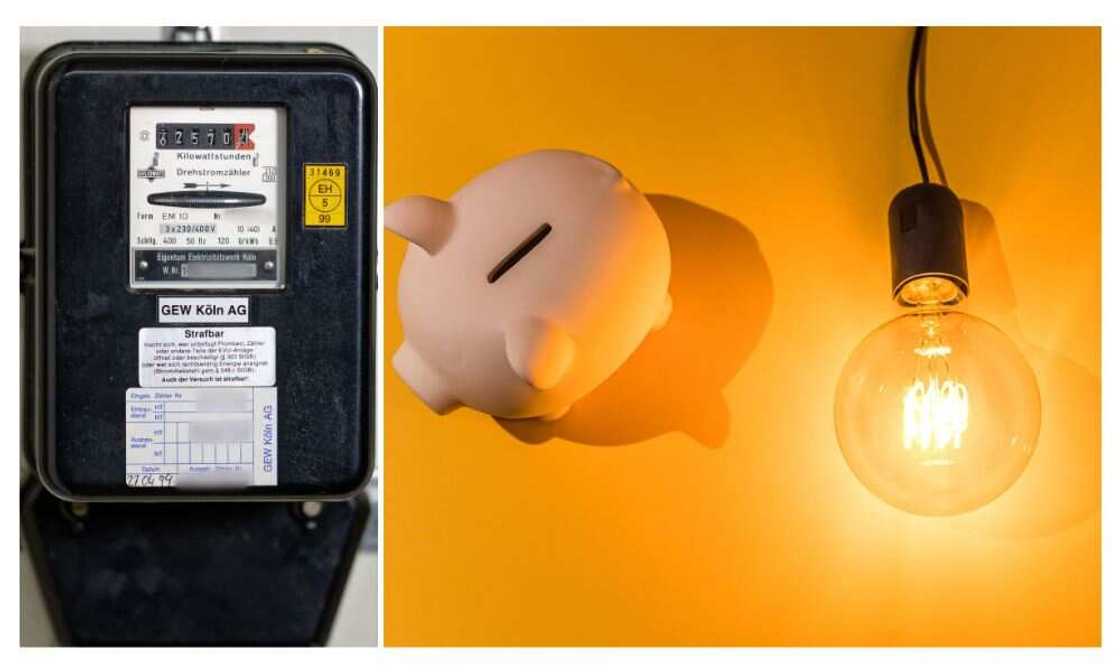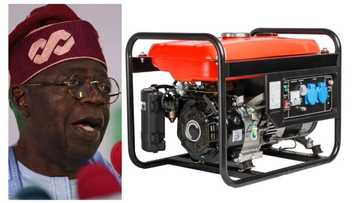FG Set to Increase Electricity Tariff by 40 Per Cent in July as Subsidy Ends
- The Nigerian government is set to hike tariffs on electricity beginning June 1, 2023
- The move is to end all forms of subsidy in the electricity sector following the removal petrol subsidy
- The current floating of the naira in Nigeria also causes the development in sector
PAY ATTENTION: Click “See First” under the “Following” tab to see Legit.ng News on your Facebook News Feed!
In the coming days, Nigerians will pay more for electricity as the tariff is set to go up to as high as 40%.
The move will end all forms of subsidy in the electricity and energy sectors in the country.

Source: Getty Images
Nigeria pays N50 billion in subsidies to the electricity industry
The Guardian reports that a monthly subsidy of N50 billion in the electricity industry is due to poor revenue, and the tariff increase coming on July 1 is another test for President Bola Tinubu’s reforms.
PAY ATTENTION: Follow us on Instagram - get the most important news directly in your favourite app!
The new administration has already ended subsidies for petrol and floated the local currency. The naira float has complicated the pricing formula of the Nigerian Electricity Regulatory Commission (NERC) 2022 MYTO plan.
Despite not meeting the threshold of supplying at least 5,000 megawatts yearly after signing contracts with NERC, the Commission’s current Service Based Tariff was pegged on the exchange rate of N441 per dollar and inflation rate of 16.97%
According to NERC’s orders in 2015, the average tariff across distribution firms (DisCos) and end-user classes was about N25/kilowatt, which became effective on September 1, 2020.
Tariffs set to increase following naira deva;uation
The average tariff went to N60/kilowatt in the MYTO for 2022. The average tariff was N64 per kilowatt across classes of customers.
The forex used in determining the 2015 tariff was N198.97 per dollar, N383.80 per dollar in 2020, and N441.78 per dollar applied in 2022.

Read also
"No more N40k": GTBank increases staff salaries, more companies to follow as cost of living rises
The inflation in the 2015 MYTO was 8.3%, 12% in 2020, and 16.97% in 2022.
Nigeria currently battles a 22.41% inflation rate, and experts have said it would hit 30% by the end of June due to the floating of the naira and removal of subsidies from petrol.
The development comes as the metering gap steadied at over seven million. Gas prices, losses, and actual generation capacity are other elements in setting the tariff.
While NERC’s estimated tariff for July 2023 was expected to remove subsidies and hike previously frozen tariffs, the prevailing naira float and increase in inflation are projected to move the new tariff to about N88/kilowatt for the industry to recover the cost.
Nigerians lament poor electricity supply despite power generation peaking at 4,735.1MW
Legit.ng reported that Power generation in Nigeria rose to 4,735.1 megawatts on Sunday, November 6, 2022, showing a 3% increase from 4,594.6MW recorded last week.

Read also
Tinubu plans distribution of cheap fuel as cost of powering 7.5KVA generator increases to N1,000/hour
This is according to a report by the Nigeria Electricity System Operator, an organization under the Transmission Company of Nigeria (TCN).
According to Vanguard, the body is responsible for operating the transmission system.
Source: Legit.ng



